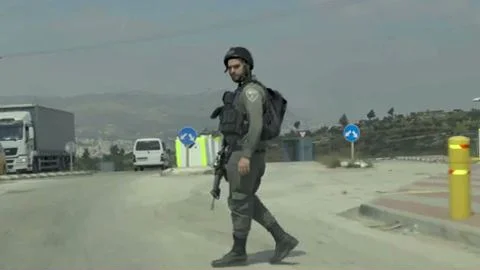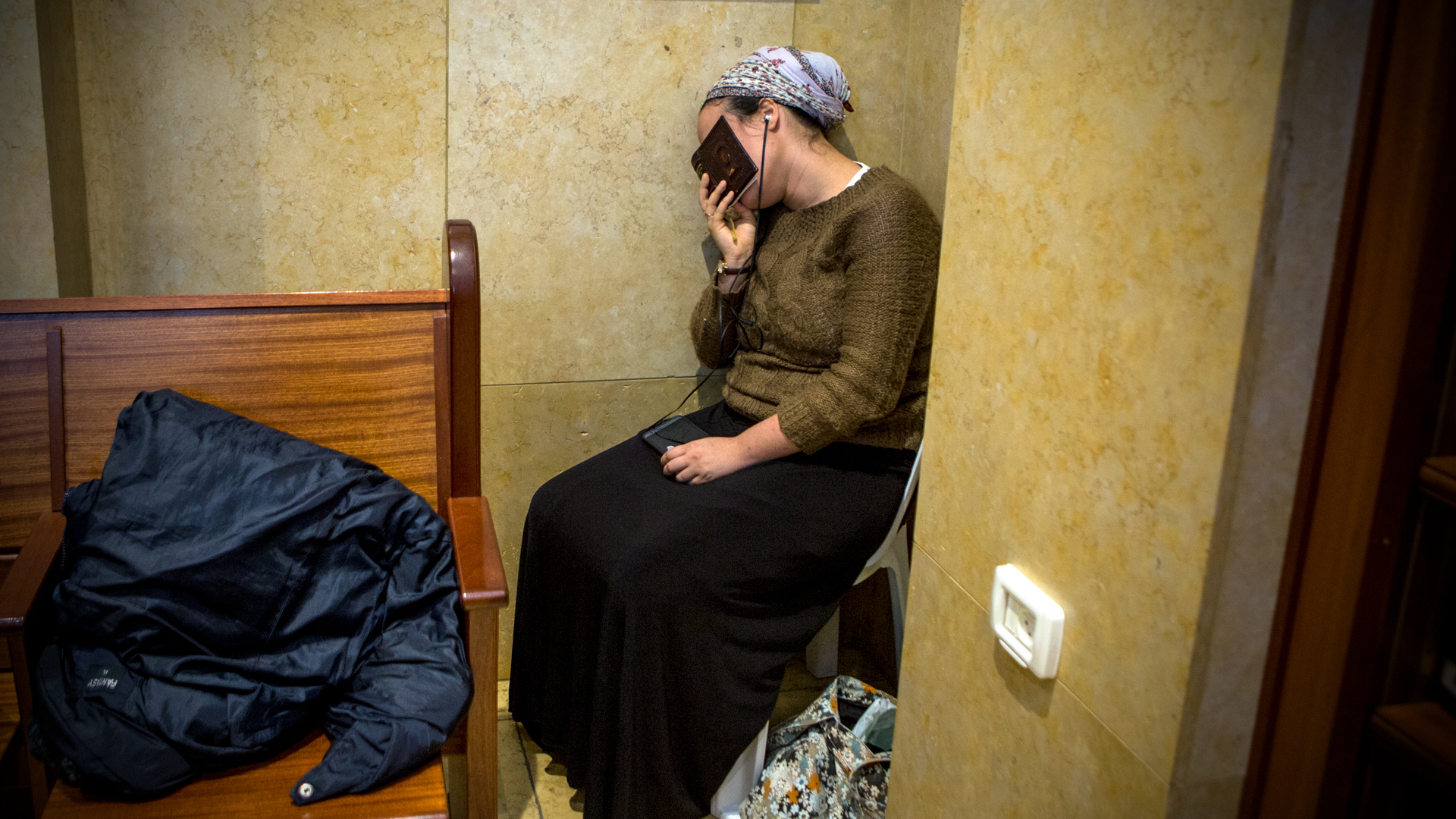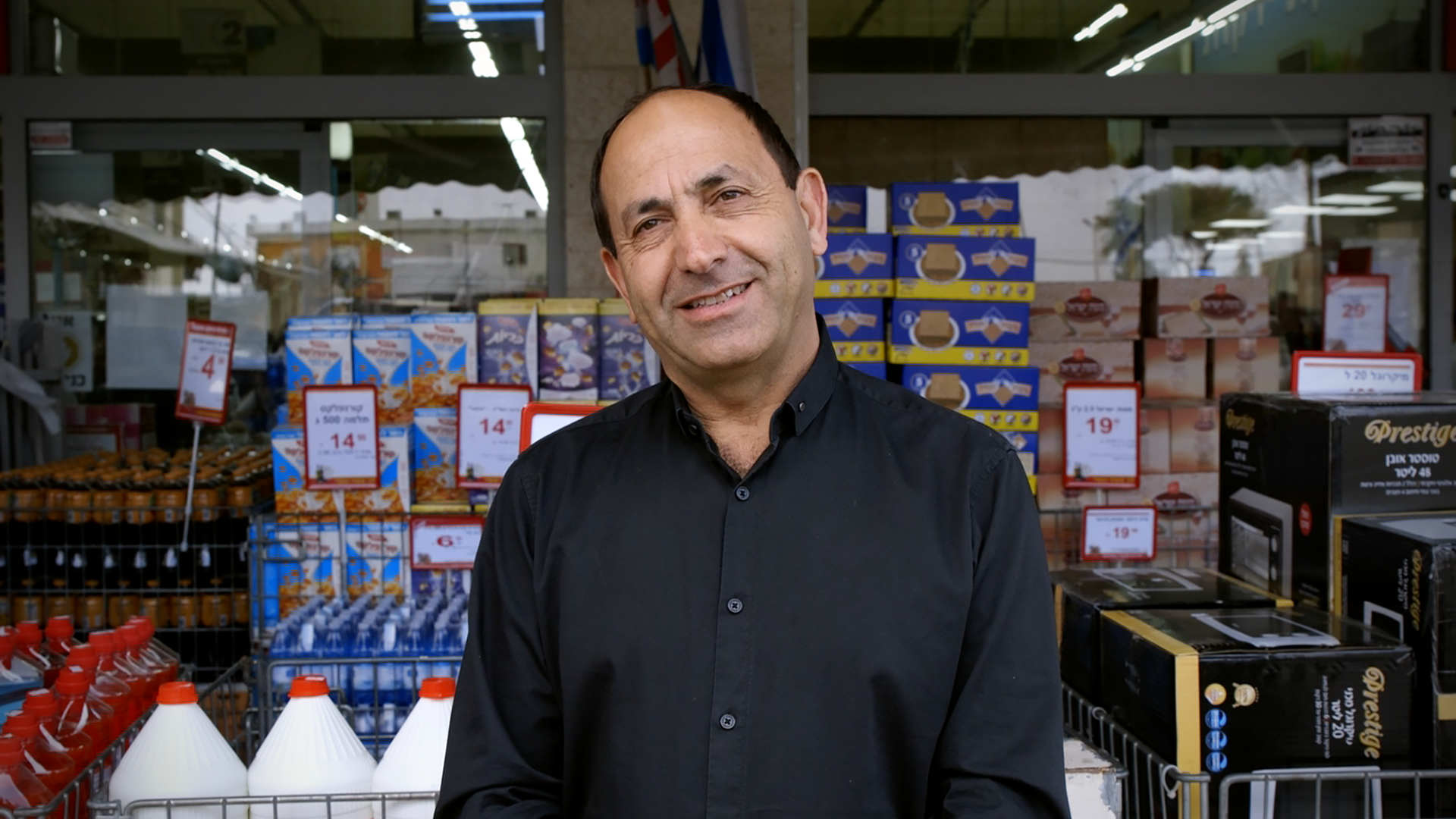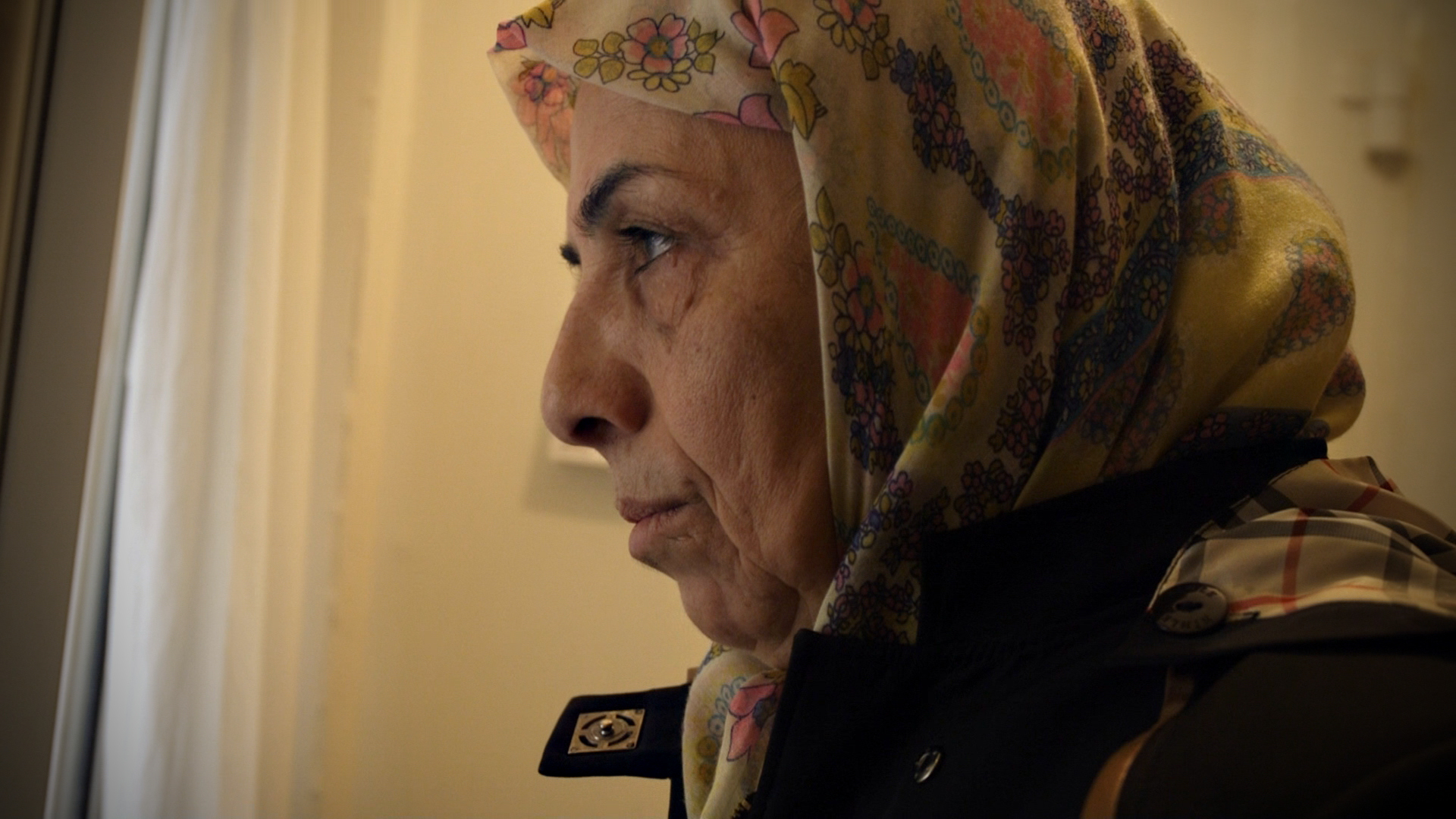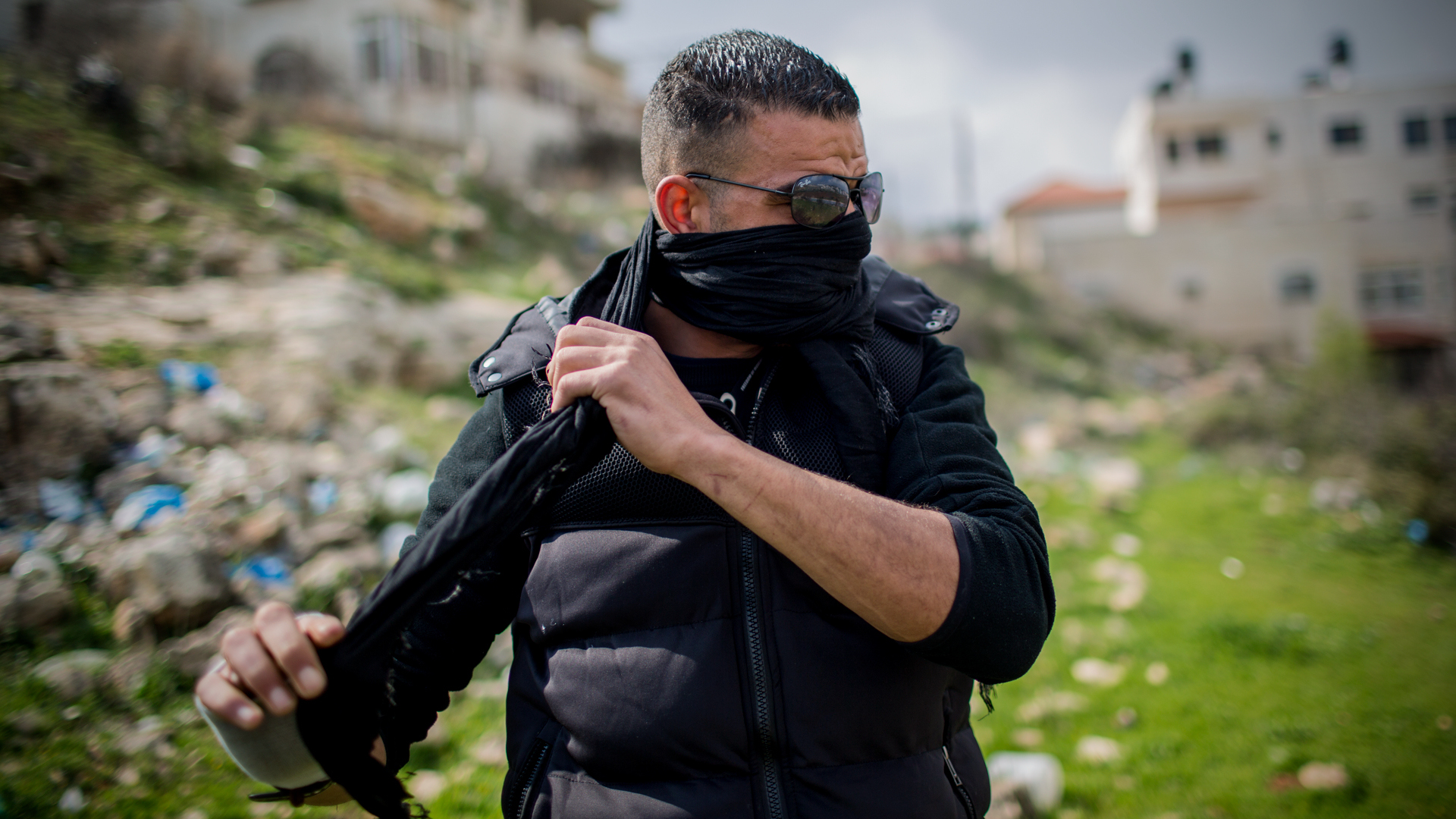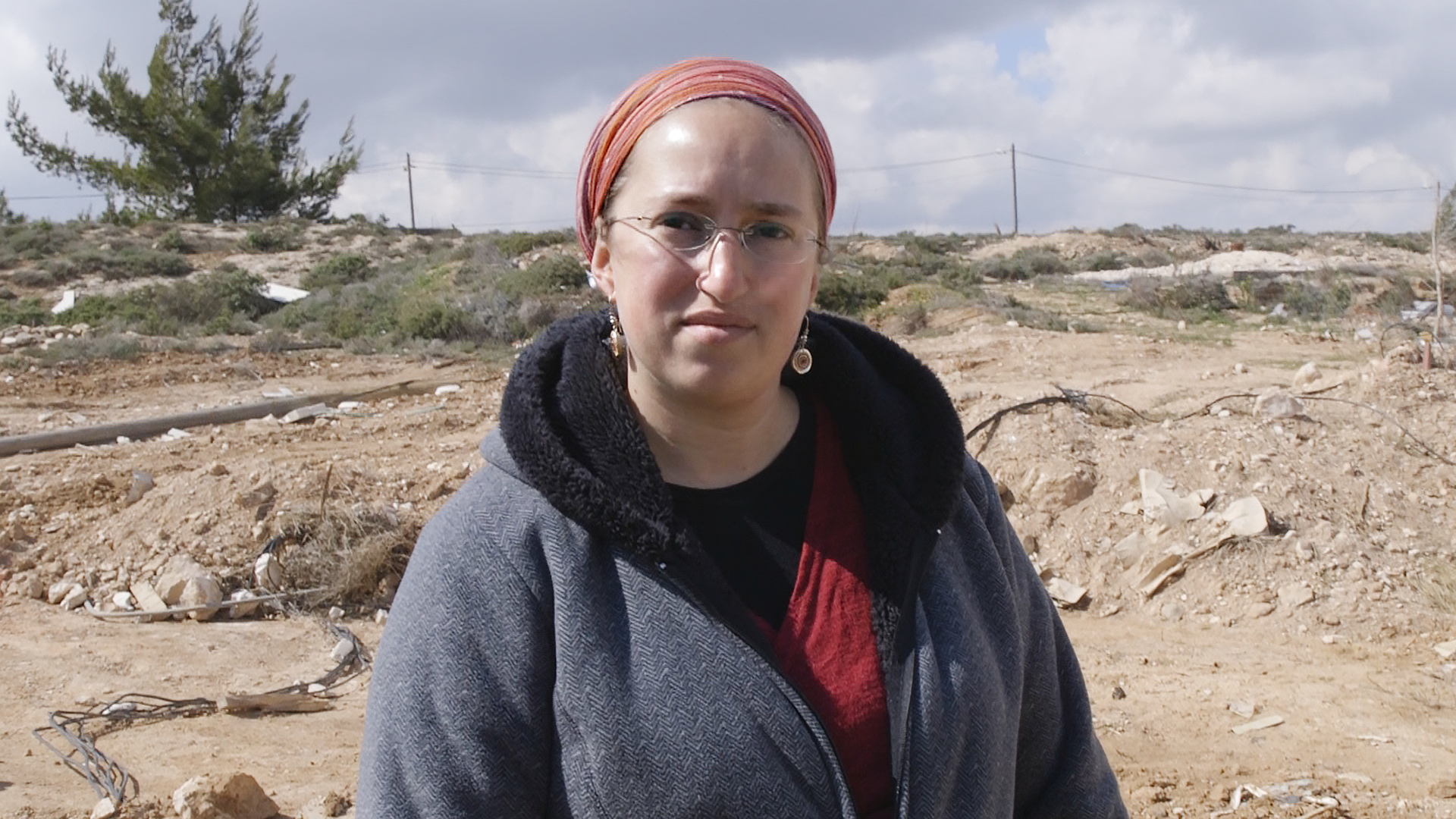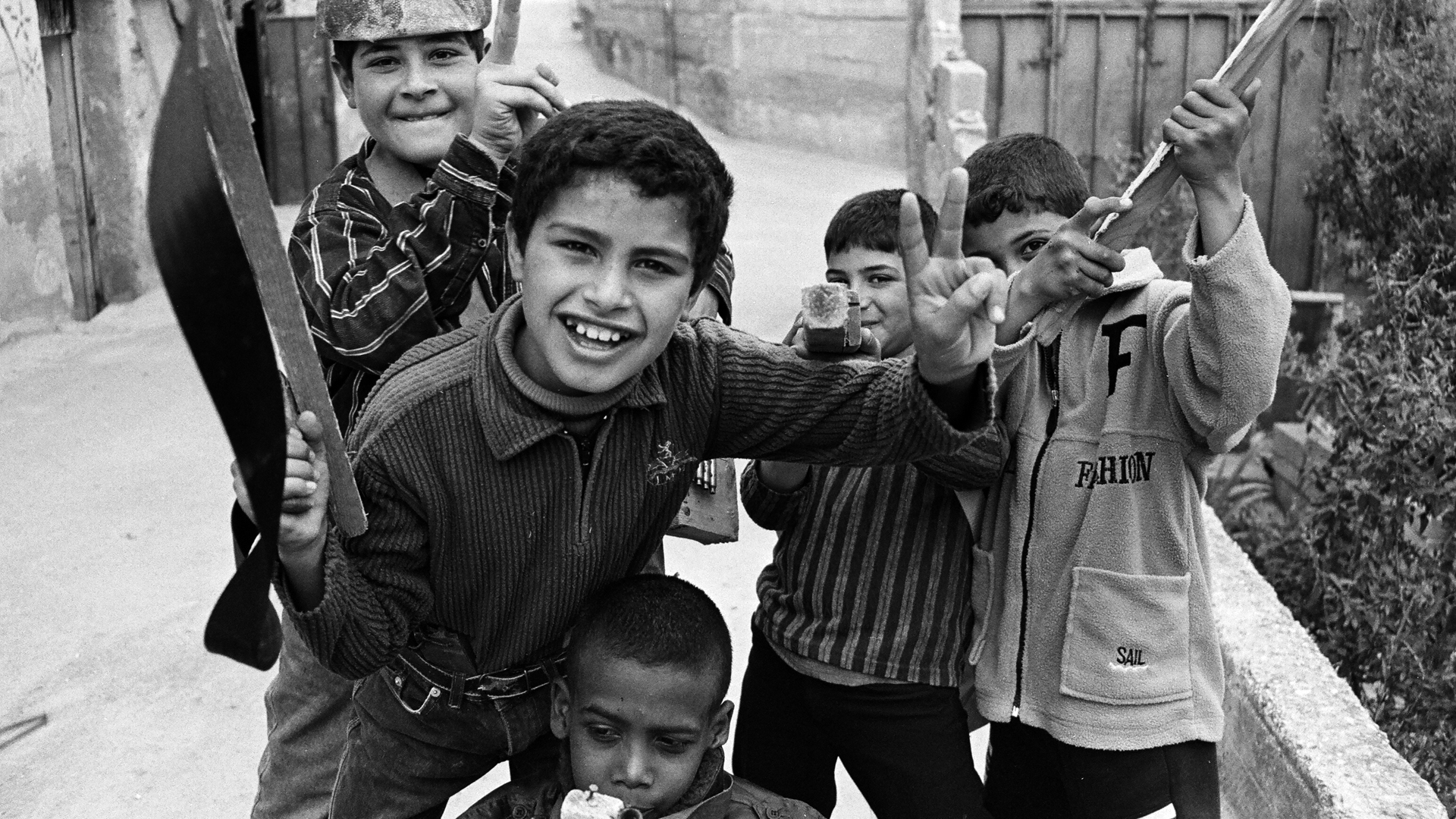Web documentary
With The Holy Road we show the absurdity of the occupation of the West Bank.
Israel is the weirdest place on earth, felt Arnold and Eefje immediately when they met there in 1998, during a trip as students of History. Israel has continued to play an important role in their work. With The Holy Road they show the absurdity of the occupation of the West Bank.
Friend, photographer & filmmaker Dirk-Jan Visser lived in that strange country between 2015-2018 and was just as surprised as Arnold and Eefje. Together with NRC journalist Derk Walters and Edmée van Rijn, he traveled route 60 for weeks, through the occupied West Bank.
As photography enthusiasts Arnold and Eefje have a lot of admiration for the work and working method of Dirk-Jan. He is not only a good photographer, but a very passionate and committed maker. He does not pursue an 'ultimate' shot, but looks for the underlying - often forgotten story - of the people he portrays.
When Dirk-Jan Prospektor approached this project to become a producer, with the same enthusiasm, they could of course only say yes. The Holy Road is not only the next step in the development of Dirk-Jan's work, but also a new step in narrative (photo) journalism and interactive documentary in general.
“A confronting webdocumentary with stories of Israeli and Palestinian residents, that takes you on a roadtrip along Route 60.”
SYNOPSIS
Route 60 – The Holy Road – has many identities. Depending on your passport, you may or may not use certain parts of it. Running south to north, Route 60 begins in the Israeli city of Be’er Sheva, passes through Jerusalem and the West Bank and ends back in Israel, in Nazareth.
The road is often called ‘the holiest road in the world’ due to the many Christian, Muslim and Jewish holy sites along its 200km length. Some of these sites have been claimed by two or even all three of the religious groups. Others regard Route 60 as the ‘settlers’ road’, the highway that connects many illegal settlements in the West Bank with each other.
The numerous holy and unholy places (where numerous terror attacks have been carried out) along Route 60 form the backdrop against which ordinary people live their lives: go to school, go shopping, pursue careers, raise families, etc. The checkpoints, watchtowers, separation walls and restricted roads are daily reminders of the reality of the occupation. After all, the road runs through an area where two populations live side by side.
Driving along the road, it is generally unclear whether you are in Israel or the occupied West Bank. And if you are in Palestine, are you in Area A, B or C?
“A complicated road-movie along what is called the most holy road in the world.”
WEBDOCUMENTARY
This mobile-first interactive documentary takes the viewer on a road trip along Route 60 through the West Bank.
While listening to fragments of local radio (a soundtrack made from material we collected from the radio: music, news bulletins, poems, fragments of speech) we drive along the road from south to north and see the surroundings passing us by: the many checkpoints, roadblocks, settlements, holy sites and countless places where attacks have been carried out.
As the viewer travels the route from south to north, alerts appear at the bottom of the screen, highlighting the most important of these holy and unholy places and immersing the viewer in the confusion and absurdity of life along this road.
We then go a level deeper to show the people who live here and the choices they make in these extreme circumstances. Can these people be neatly divided along the lines of the conflict? Do they comply with the stereotype that has been created in the media about ‘the Palestinian’ and ‘the Israeli’?
As we follow Route 60 from south to north, we pass seven places where we meet one of the main characters and learn their story. These are people who live along the road: Jews and Palestinians with different backgrounds and beliefs.
STORIES
Kiryat Arba – The Teenager
Emuna is 14. She was rehearsing for a dance performance with her friend Hallel. Shortly before the show, Hallel was stabbed to death in her own bedroom.
Gush Etzion – The Price Buster
Everyone buys their chicken from Rami Levy. Israeli or Palestinian, it doesn’t matter. The supermarket is in a settlement. Only the Israelis here carry weapons.
Bethlehem – The Saint
The tomb of Rachel, the biblical matriarch, is in Bethlehem, but it can only be reached from Israel. Is this biblical heartland or the essence of colonial logic?
Jerusalem – The Paterfamilias
The Palestinian Sub Laban family lives in the Muslim quarter of the Old City in Jerusalem. Jews once lived here, which is why the family’s house is being expropriated.
Ramallah – The Demonstrator
Tamer demonstrates against the Israeli army every week. He knows it is David against Goliath. So why does he keep doing it?
Amona – The Pioneer
Uri Goldberg lives with his family in an illegal outpost, built on the land of a Palestinian farmer. But now he has to move.
Jenin – The Refugee
Mohammed was 13 when the Israeli army destroyed his house. He and his family now live in a refugee camp. What does he remember?

